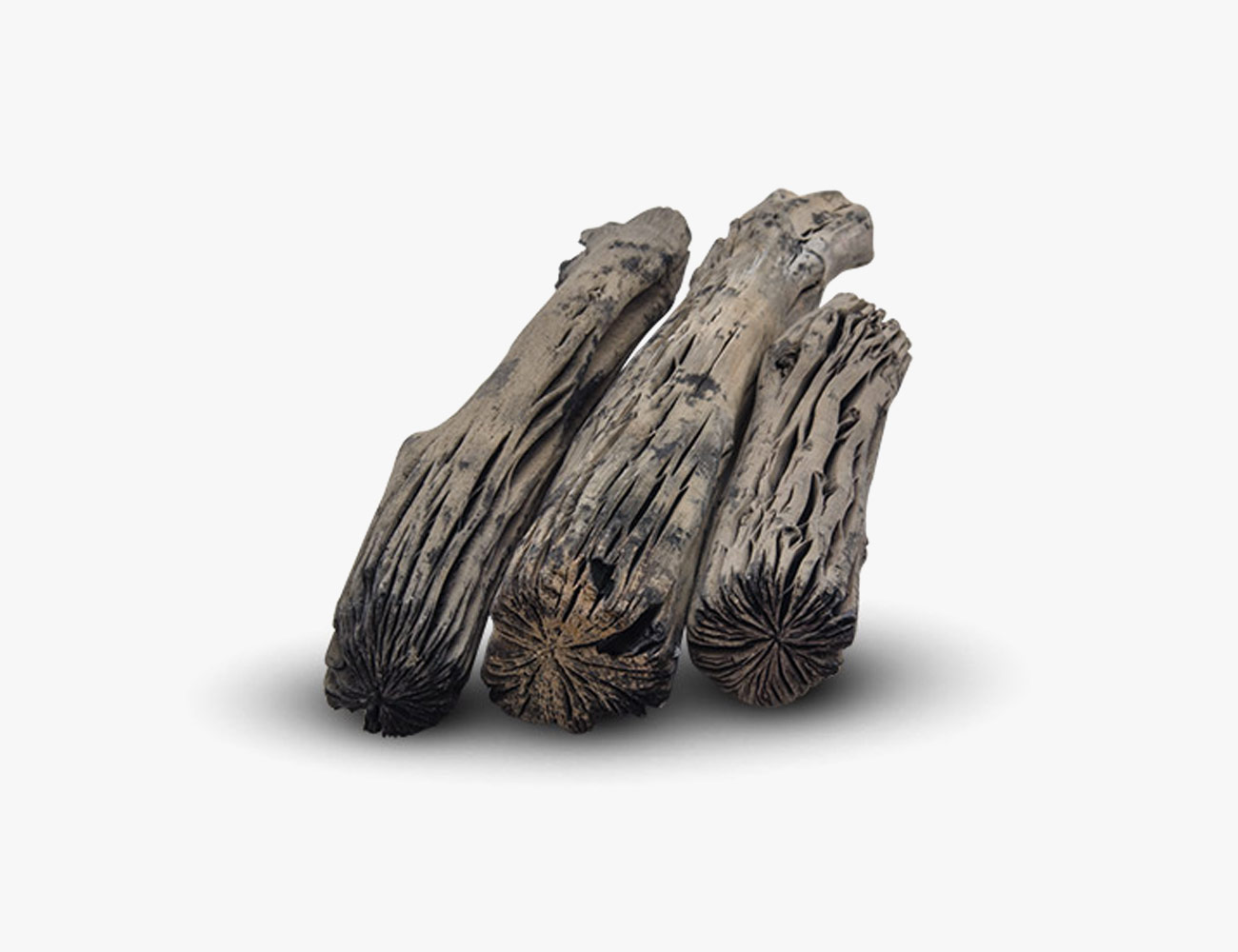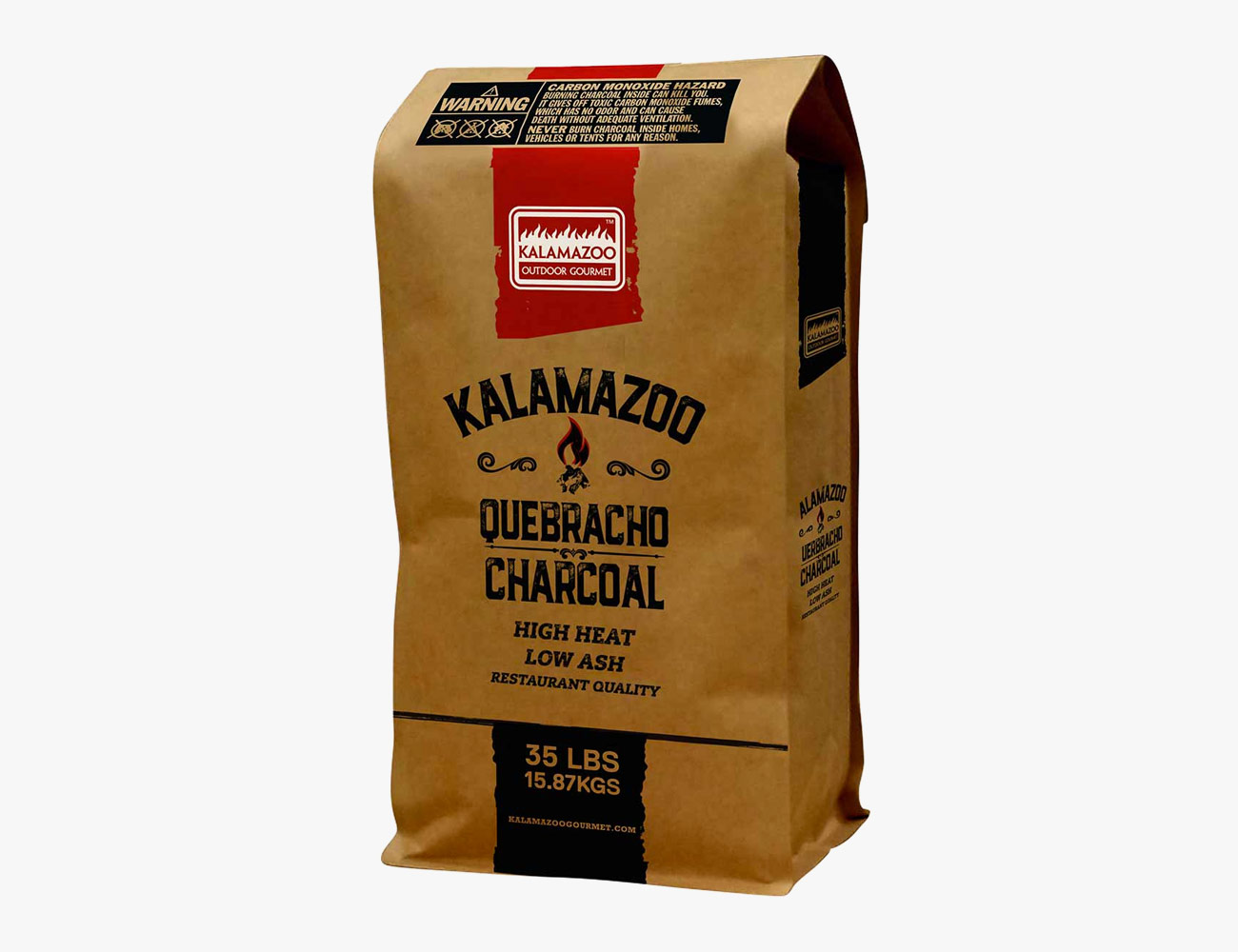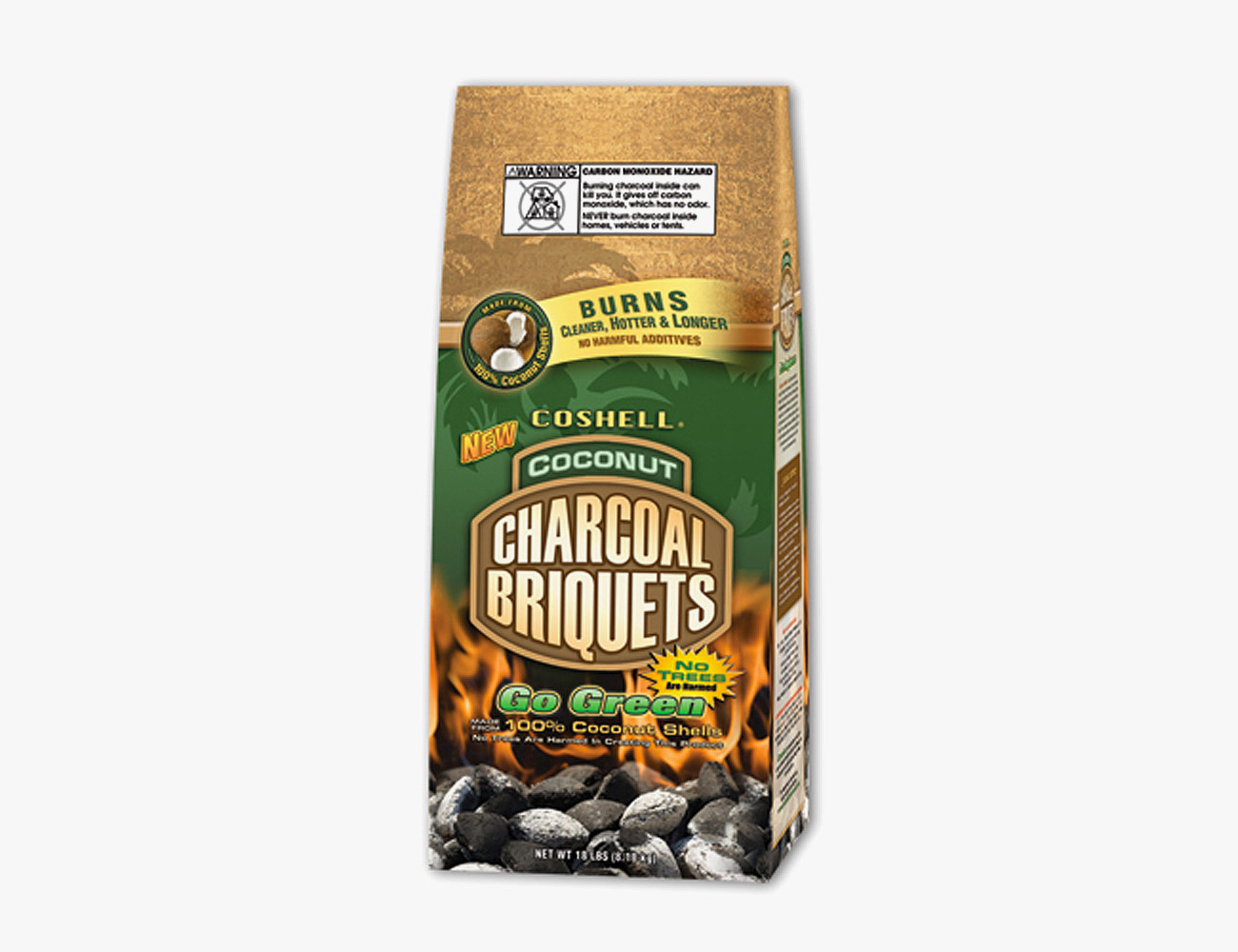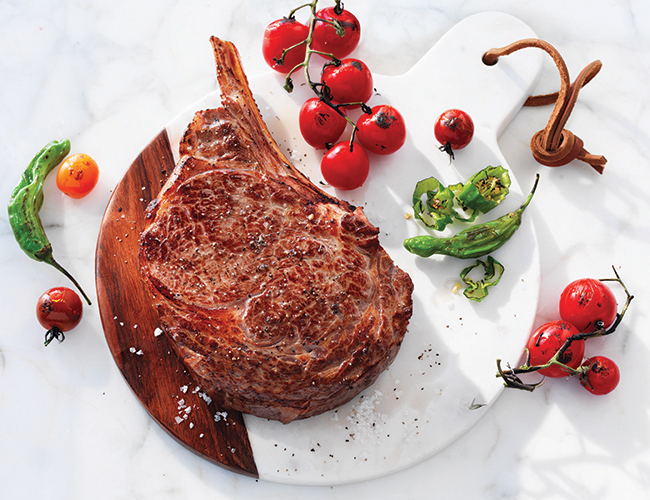While guest writing for Barbecue Bible, Francis Mallman spelled out the beauty of cooking outdoors: “Whatever weather the gods hurl my way, as long as I have wood or charcoal, a place to kindle a flame, and some way to expose ingredients to the heat of the fire, I know I can make a fine meal.”
To cook outdoors is to reach the closest activity to the playful pyrotechnic days of youth and remain within the confines of the law. But to cook outdoors requires gear, and as Mallman alluded to, one of the few necessities to cooking outside is proper fuel.
For the time-crunched and efficiency-focused, gas propane fits the bill. For the more intrepid outdoor cook with a few more minutes of time, and a keen eye toward flavor, charcoal is the ideal fire keeper. But the more you look beyond the standard briquette, the more you realize it’s likely the least effective version of a non-propane fuel source out there. Here are some traditional charcoal replacements to try out Memorial Day weekend and beyond.
Bincho-tan
Before being scraped into every candle wax, facial mask and hand cream known to man, bincho-tan was a little-known Japanese grill fuel. It’s the product of steaming and kiln drying Japanese ubame oak, and though the word has become an umbrella term for any white charcoal, the best still comes from where it was first made — Japan’s Wakayama prefecture.
Its cooking benefits are clear — it gets hotter, burns longer and, because it’s made with no chemicals or other toxic products, cooks cleaner than the briquettes or lump coal you’ll find at a local hardware store.
Traditionally used when cooking in a pair of tiny Japanese grills called konro or robata, it has no competition when it comes to heat strength and duration. The catch, of course, is the price tag — bincho-tan’s price per pound far exceeds what you’d pay for briquettes. Try bincho-tan on a small grill cooking any type of skewered meat or veggies and you’ll see what it’s made of.
Quebracho
With a name derived from quebrar hacha, or “ax-breaker,” you can probably guess what quebracho is known for. The exceptional hardwood tree makes for exceptionally long-burning lump coal that hardly smokes, doesn’t create much ash, smells fragrant and reaches temperatures hot enough for any job. Its hardness comes from its dense makeup, which also allows it to burn long and hot, but it will take a little longer to come to temperature.
There are many types of quebracho tree, which are all native to South America, but the most coveted (for grilling and smoking, at least) is quebracho blanco, and our favorite comes from the folks at Kalamazoo.
Coconut Shell
No, it’s not going to add coconut flavor. Coconut charcoal is another hotter, longer-burning alternative to the forlorn briquette, and it’s easily the most flavor- and environmentally neutral of them all. It’s made using the oldest possible coconuts, as they’re typically harder and drier than younger coconuts, then they’re dried and fired.
When cooking, the coconut shell hardly smokes and it reaches higher temperatures for longer durations than normal briquettes (its largest use remains in smelting and industrial manufacturing for this reason). One thing to watch out for: try and avoid coconut charcoal in the shell or nonuniform variety, it can easily shatter during shipping and fall through any cracks you may have in your grill. After cooking, you can toss the ashes into your yard or a flower pot — they’re not only biodegradable, they feed the plants.
The tools, accessories and steaks you need for your summer cookout. Read the Story





